Happy Monday GPODers!
I’m thrilled to start the week with our next dose of 2025 spring color! These early spring bloomers were shared by friend-of-the-blog Carla Zambelli Mudry in Malvern, Pennsylvania, who has shared her colorful woodland garden in spring several times over the years (as well as every other season). If you’re new to the blog or would like a refresher on Carla’s incredible space, check out some of her previous spring submissions: April in Carla’s Garden, High Spring in Carla’s Garden, The Merry Month of May, and Celebrating Spring With Carla. And here’s what Carla had to say about the growing season so far:
Well, here we are again! It’s the beginning of yet another gardening season. The bulbs are all popping up all over and the peonies are budding, and things all over my gardens in general are showing signs of new growth. Of course, I also have a list of chores longer than I am tall. I am, however, knocking things off the list a little day by day and soon more plants will arrive, and I will be adding to the garden. It has been a long cold winter, and a lot of deer damage this winter in spite of a spraying service that has helped tremendously. What is so amazing about this time of year is all of a sudden it’s no longer a blank winter canvas, everything just starts to pop.
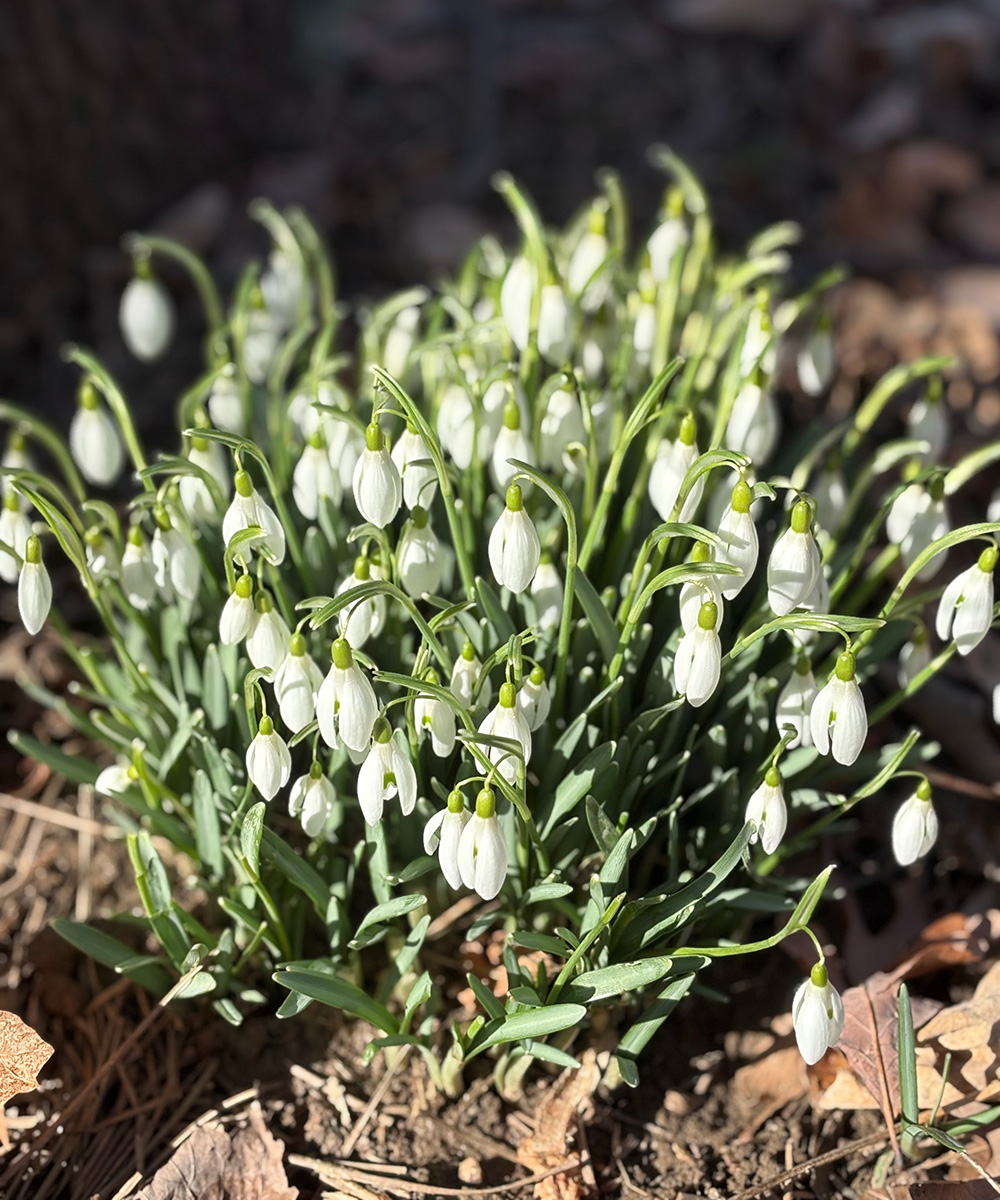 A collection of the earliest blooms of spring would be severely lacking without snowdrops.
A collection of the earliest blooms of spring would be severely lacking without snowdrops.
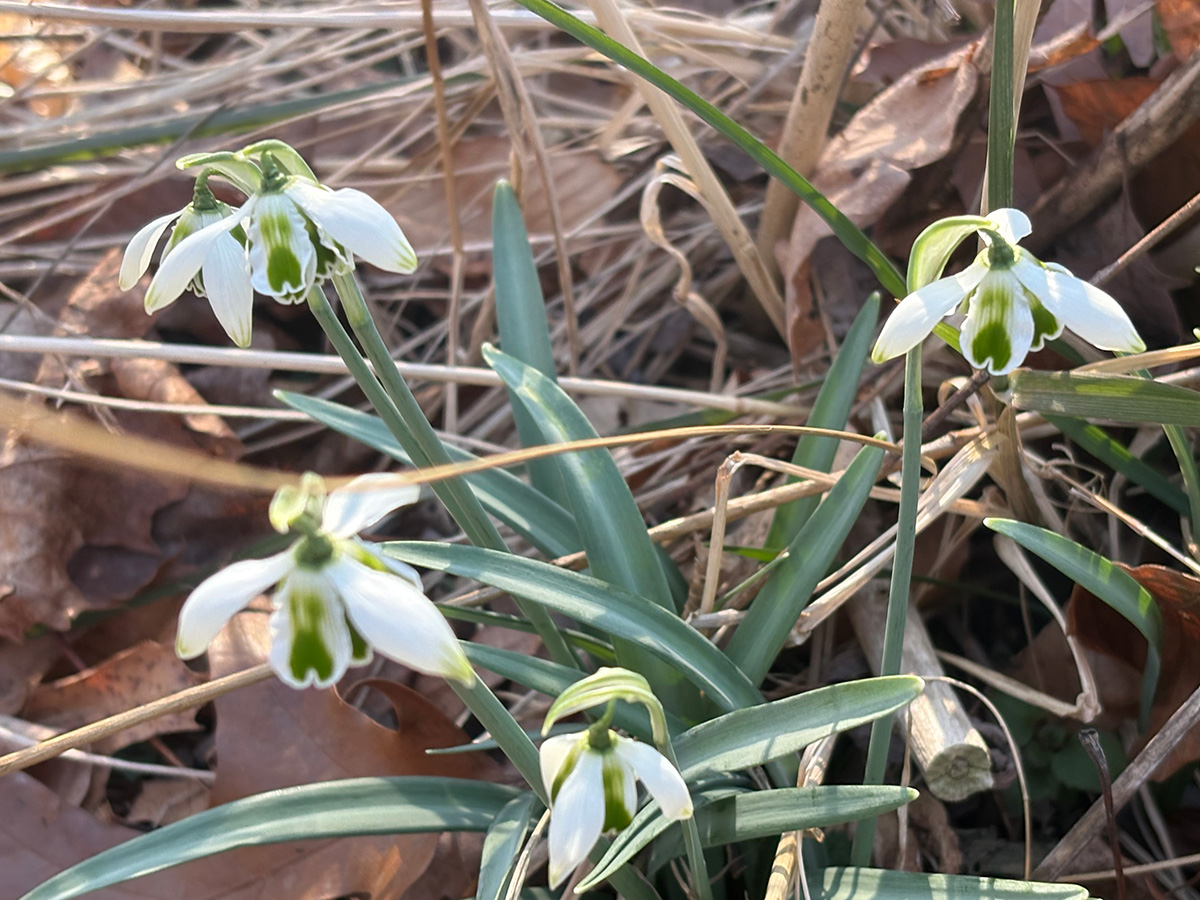 For those who aren’t Galanthophiles, it might be hard to imagine anyone becoming obsessed with a plant that predominantly produces white and green blooms (except the occasional variety you’ll see with yellow instead of green). But there is actually a lot of variety to be found in these charming signs of spring. The variety above appears to have double blooms with the most adorable frilled edges.
For those who aren’t Galanthophiles, it might be hard to imagine anyone becoming obsessed with a plant that predominantly produces white and green blooms (except the occasional variety you’ll see with yellow instead of green). But there is actually a lot of variety to be found in these charming signs of spring. The variety above appears to have double blooms with the most adorable frilled edges.
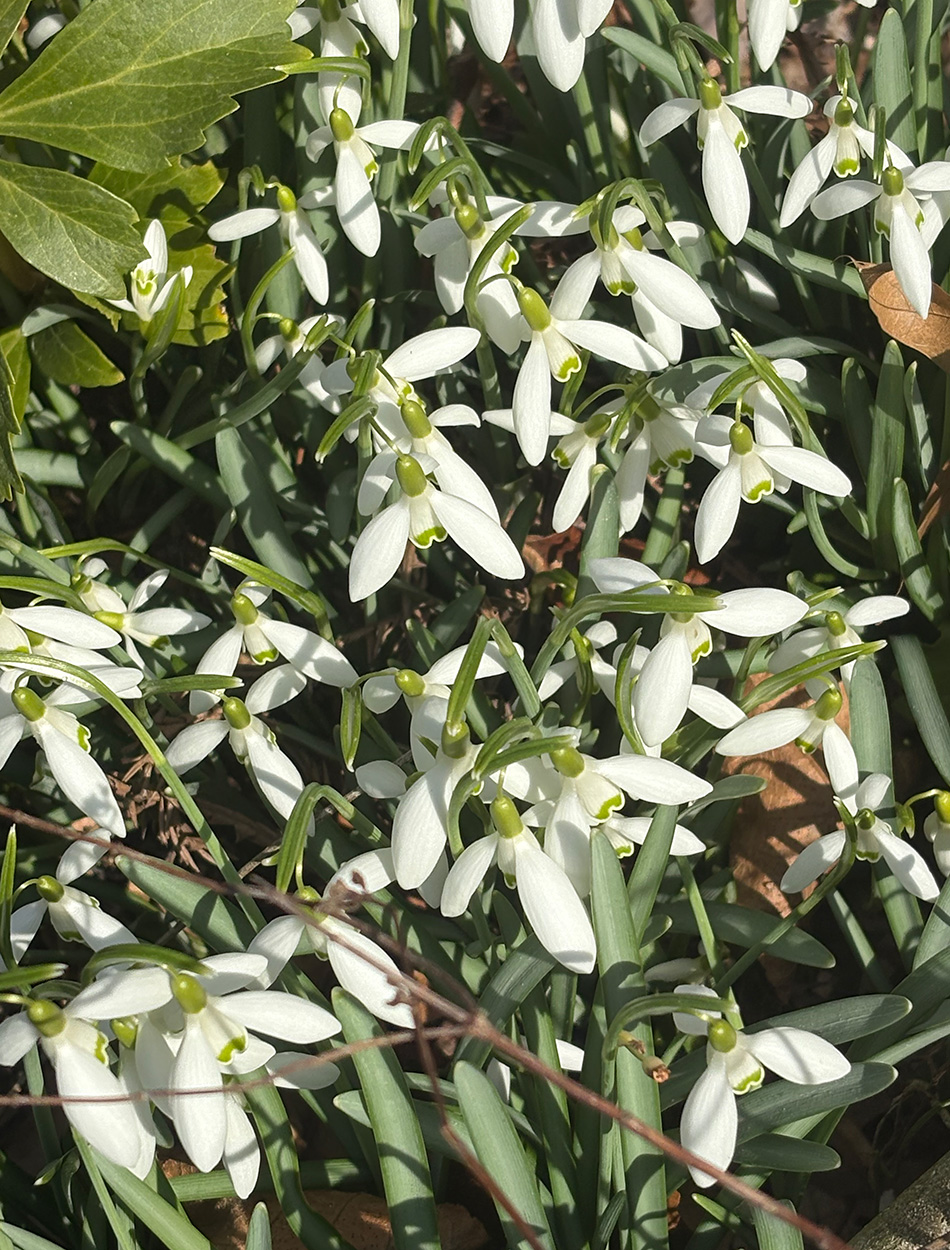 There are so many different species and varieties, in fact, that it can be difficult to ID a particular plant without getting up close. However, it looks like this is the popular common snowdrop (Galanthus nivalis, Zones 3–9).
There are so many different species and varieties, in fact, that it can be difficult to ID a particular plant without getting up close. However, it looks like this is the popular common snowdrop (Galanthus nivalis, Zones 3–9).
 Another harbinger of spring, the cheerful daffodil never disappoints this time of year.
Another harbinger of spring, the cheerful daffodil never disappoints this time of year.
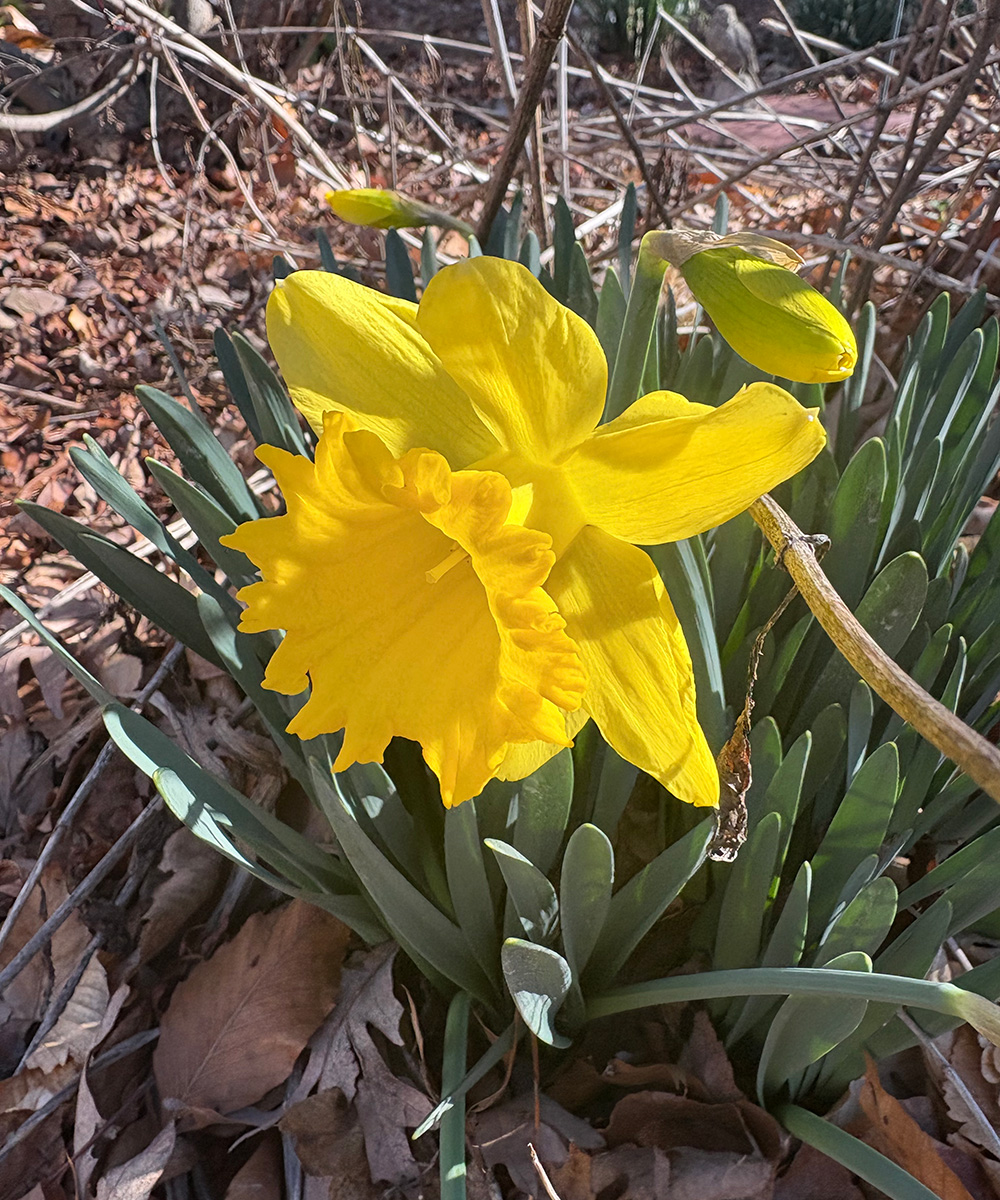 The bright yellow blooms glow in the spring sun, and shine above a fresh clump of blue-green foliage.
The bright yellow blooms glow in the spring sun, and shine above a fresh clump of blue-green foliage.
 I really like that Carla has a lovely mix of daffodils that are very similar, but not exactly the same. It reminds me of the advice that landscape designer Wambui Ippolito gave during her talk at the Philadelphia Flower Show last month. She was discussing a garden she designed that featured mass plantings of muscari bulbs, and gave the tip to intermix different varieties of the same color to create a more realistic naturalized affect. While Carla’s tulips are more dispersed than the plantings Wambui was discussing, I think it still has the same affect!
I really like that Carla has a lovely mix of daffodils that are very similar, but not exactly the same. It reminds me of the advice that landscape designer Wambui Ippolito gave during her talk at the Philadelphia Flower Show last month. She was discussing a garden she designed that featured mass plantings of muscari bulbs, and gave the tip to intermix different varieties of the same color to create a more realistic naturalized affect. While Carla’s tulips are more dispersed than the plantings Wambui was discussing, I think it still has the same affect!
 The third bulb that iconically signals spring is the crocus. With foliage that is often much smaller and sparser than snowdrops and daffodils, crocus can look like bursts of pure color coming straight out of the bare ground. This light purple version looks to be the early-blooming Sieber’s crocus (Crocus sieberi, Zones 3–8).
The third bulb that iconically signals spring is the crocus. With foliage that is often much smaller and sparser than snowdrops and daffodils, crocus can look like bursts of pure color coming straight out of the bare ground. This light purple version looks to be the early-blooming Sieber’s crocus (Crocus sieberi, Zones 3–8).
 But you can have a lot of fun with crocus color, which come in a lovely range of purples and yellows that are easy to mix and match to your heart’s delight. The bright purple of many Dutch crocus (Crocus vernus, Zones 3–8) also compliment the golden hues of daffodils.
But you can have a lot of fun with crocus color, which come in a lovely range of purples and yellows that are easy to mix and match to your heart’s delight. The bright purple of many Dutch crocus (Crocus vernus, Zones 3–8) also compliment the golden hues of daffodils.
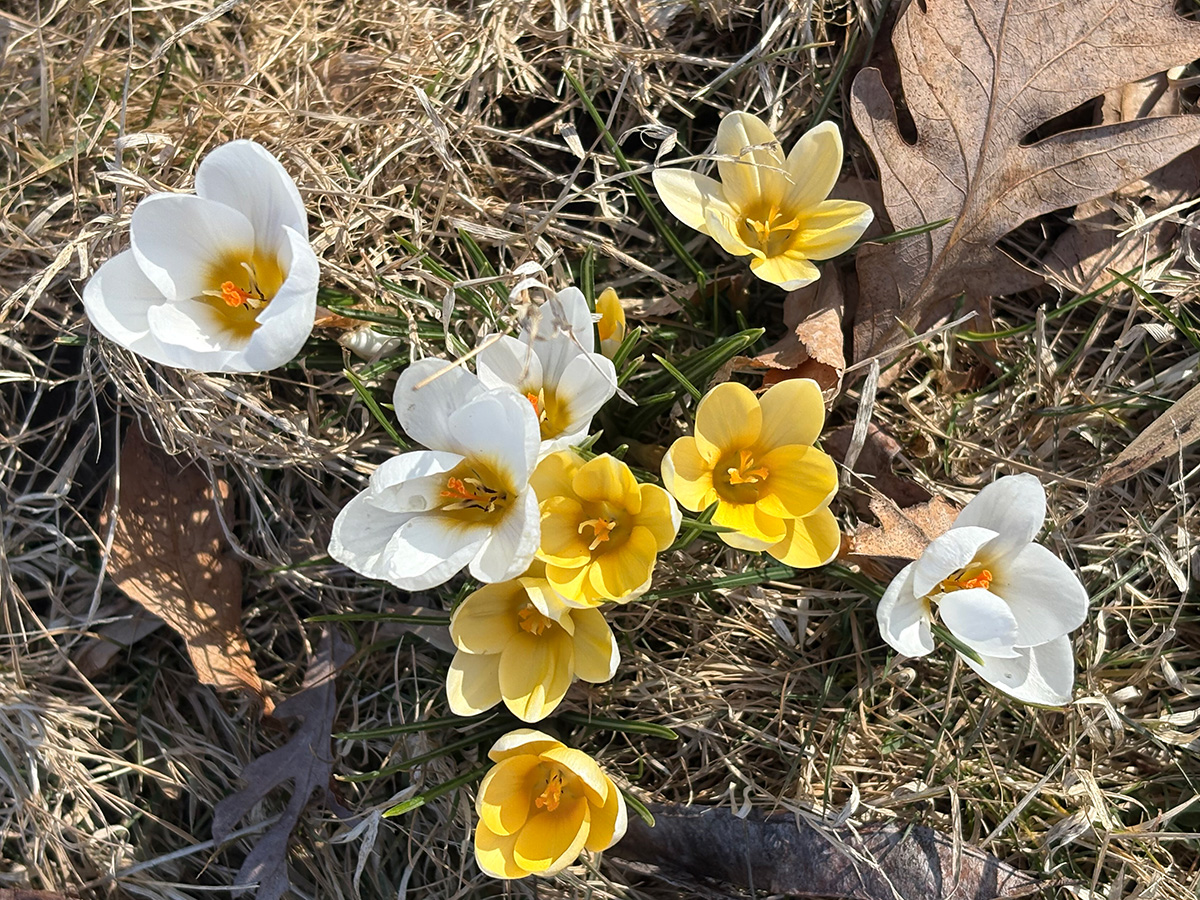 Of course, white crocus are also nice to add into the mix. This pairing of white and yellow really screams ‘spring’ to me!
Of course, white crocus are also nice to add into the mix. This pairing of white and yellow really screams ‘spring’ to me!
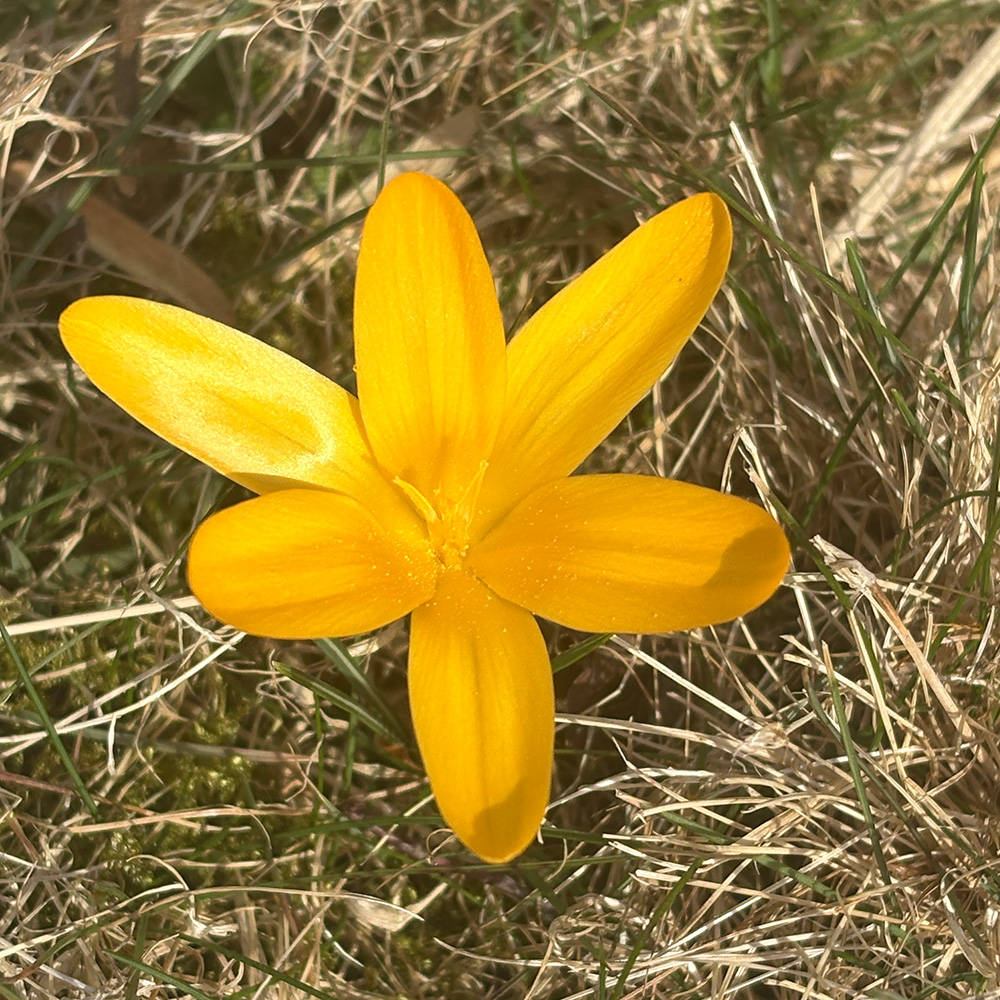 Like a big drop of golden sunshine in your lawn, Yellow Mammoth crocus (Crocus flavus ‘Yellow Mammoth’, Zones 3–9) never disappoints with glowing blooms that can reach 4 inches wide.
Like a big drop of golden sunshine in your lawn, Yellow Mammoth crocus (Crocus flavus ‘Yellow Mammoth’, Zones 3–9) never disappoints with glowing blooms that can reach 4 inches wide.
 Lastly, a bold beautiful hellebore! Getting photos of these nodding blooms isn’t always easy, I wonder what Carla had to do to capture this shot…
Lastly, a bold beautiful hellebore! Getting photos of these nodding blooms isn’t always easy, I wonder what Carla had to do to capture this shot…
As she is one to do, Carla sent so many gorgeous photos of spring blooms that I couldn’t limit it to just one posting. We’ll back back in Pennsylvania tomorrow to see more buds and blooms that have already made an appearance in Carla’s gardens this spring.
Lastly, a reminder to share your spring photos with the blog! Some GPODers still have weeks to wait until bulbs start popping, and I know we can all use a hearty dose of spring color after this long winter. Follow the directions below to submit photos via email, or send me a DM on Instagram: @agirlherdogandtheroad.
We want to see YOUR garden!
Have photos to share? We’d love to see your garden, a particular collection of plants you love, or a wonderful garden you had the chance to visit!
To submit, send 5-10 photos to [email protected] along with some information about the plants in the pictures and where you took the photos. We’d love to hear where you are located, how long you’ve been gardening, successes you are proud of, failures you learned from, hopes for the future, favorite plants, or funny stories from your garden.
Have a mobile phone? Tag your photos on Facebook, Instagram or Twitter with #FineGardening!
Do you receive the GPOD by email yet? Sign up here.
Fine Gardening Recommended Products
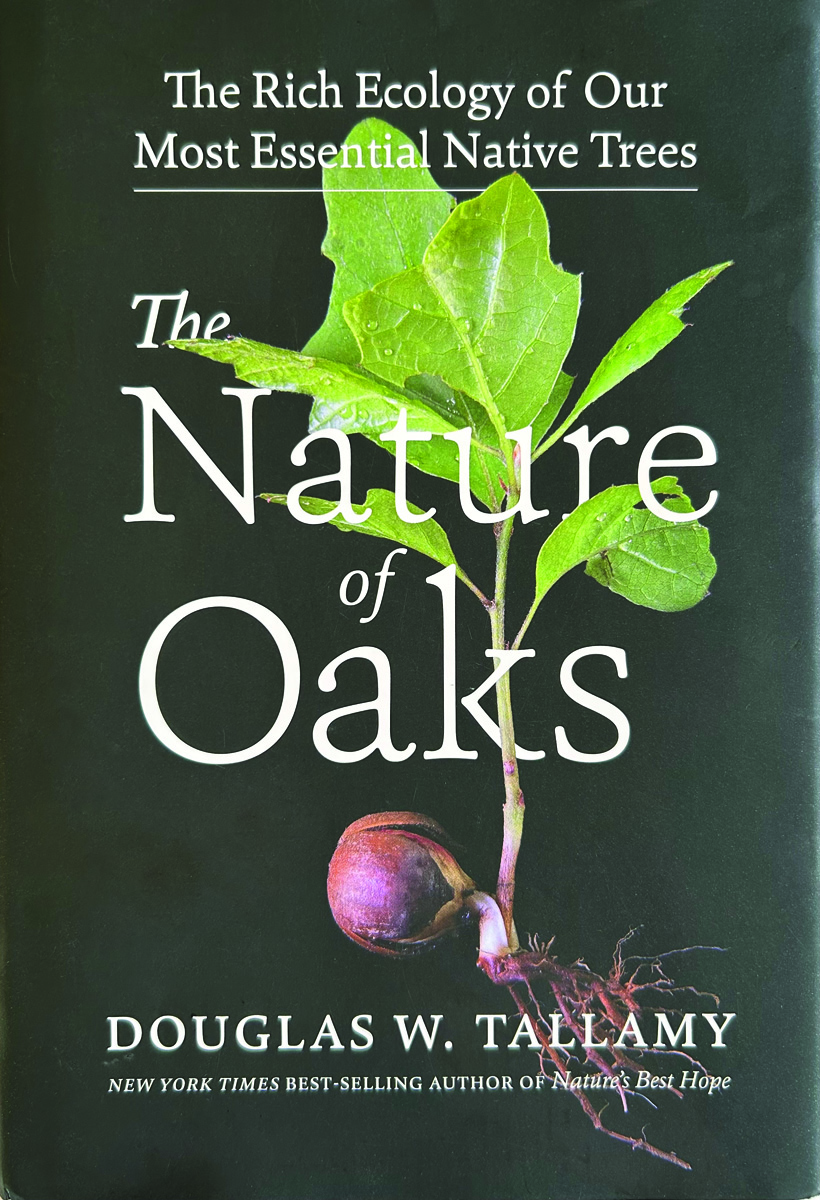
The Nature of Oaks: The Rich Ecology of Our Most Essential Native Trees
Fine Gardening receives a commission for items purchased through links on this site, including Amazon Associates and other affiliate advertising programs.
The Nature of Oaks reveals what is going on in oak trees month by month, highlighting the seasonal cycles of life, death, and renewal. From woodpeckers who collect and store hundreds of acorns for sustenance to the beauty of jewel caterpillars, Doug Tallamy illuminates and celebrates the wonders that occur right in our own backyards. He also shares practical advice about how to plant and care for an oak, along with information about the best oak species for your area.

SHOWA Atlas 370B Nitrile Palm Coating Gloves, Black, Medium (Pack of 12 Pairs)
Fine Gardening receives a commission for items purchased through links on this site, including Amazon Associates and other affiliate advertising programs.
Lightweight and close-fitting for excellent dexterity. Machine washable. Breathable back of hand to reduce perspiration. Designed for easy movement and continuous wear. Ideal for aerospace, assembly, automotive, construction, final fix, gardening, manufacturing, operating machinery, packaging, precision handling, tiling, warehousing.
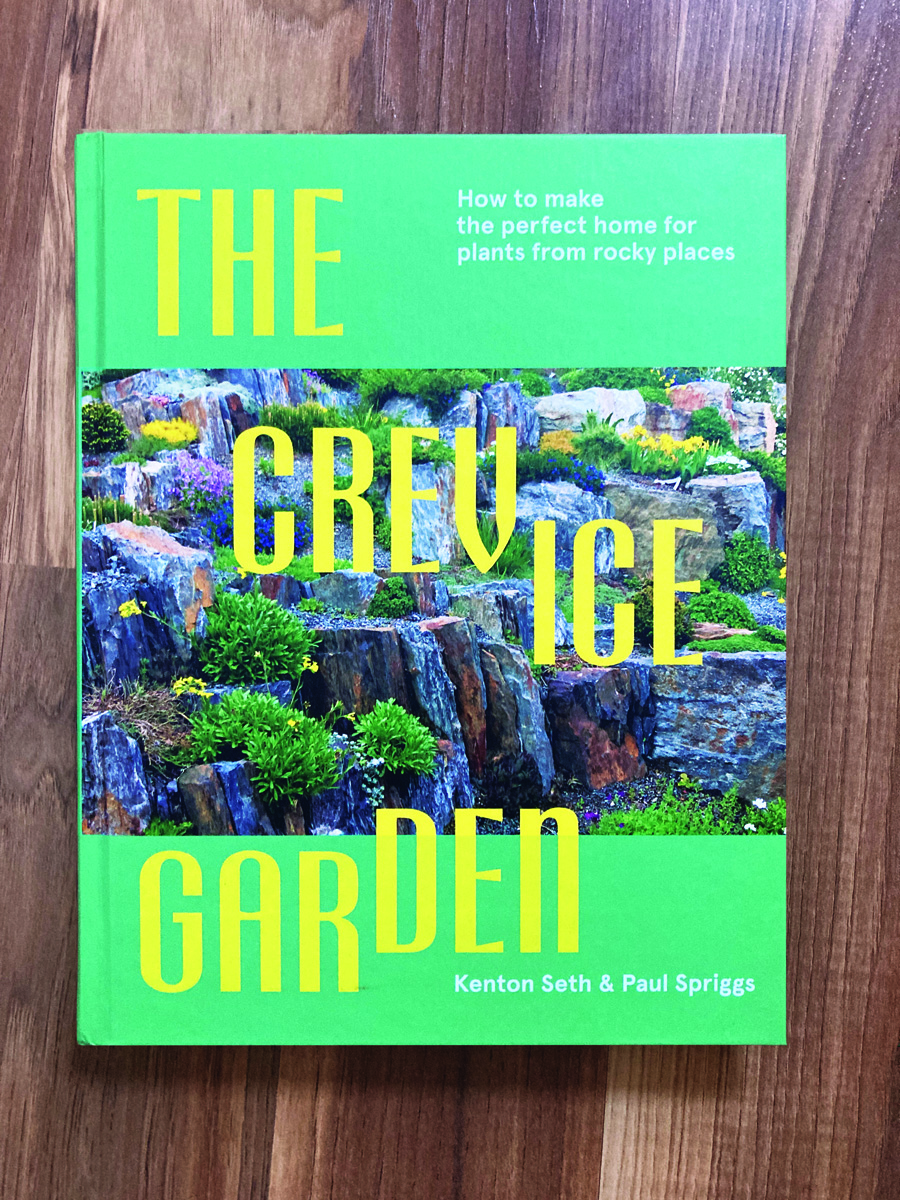
The Crevice Garden: How to make the perfect home for plants from rocky places
Fine Gardening receives a commission for items purchased through links on this site, including Amazon Associates and other affiliate advertising programs.
A crevice garden replicates the environmental conditions of mountain tops, deserts, coastlines, and other exposed or rocky places on earth. These striking garden features provide perfect conditions for the plants native to these far-off places, bringing the cultivation of these precious gems within everybody’s reach.




